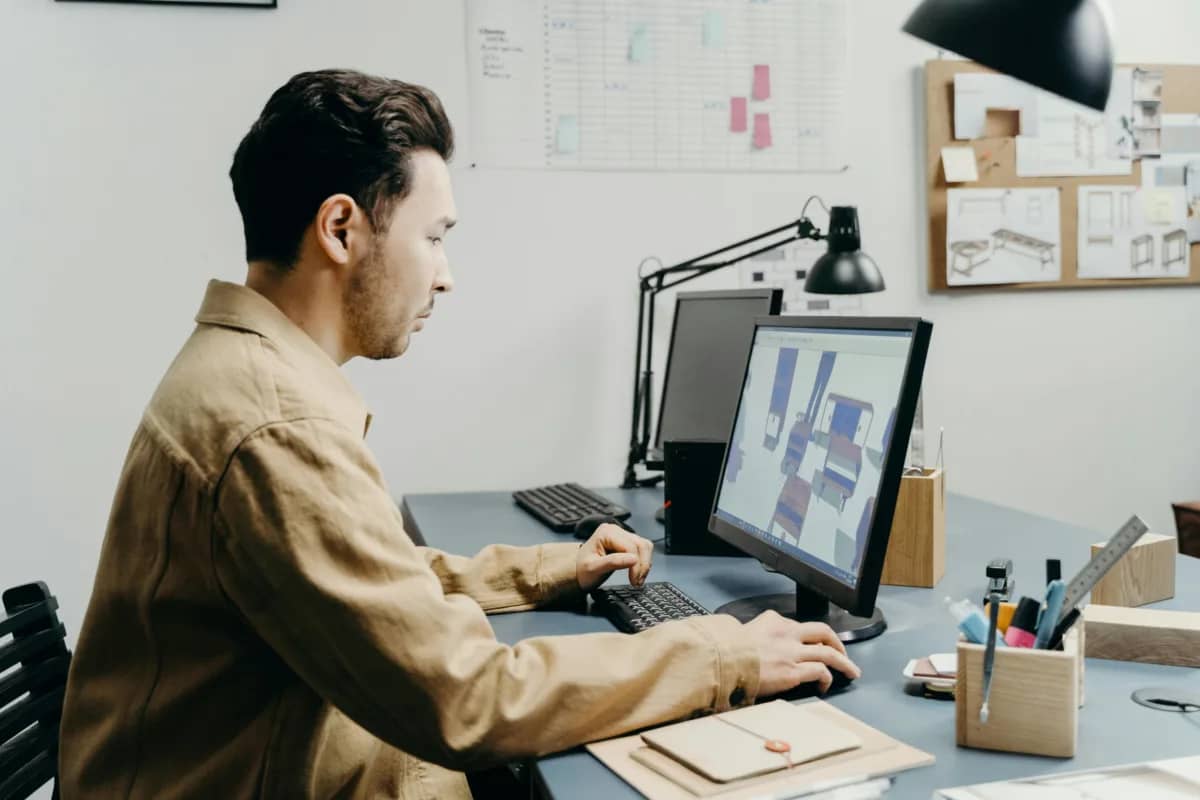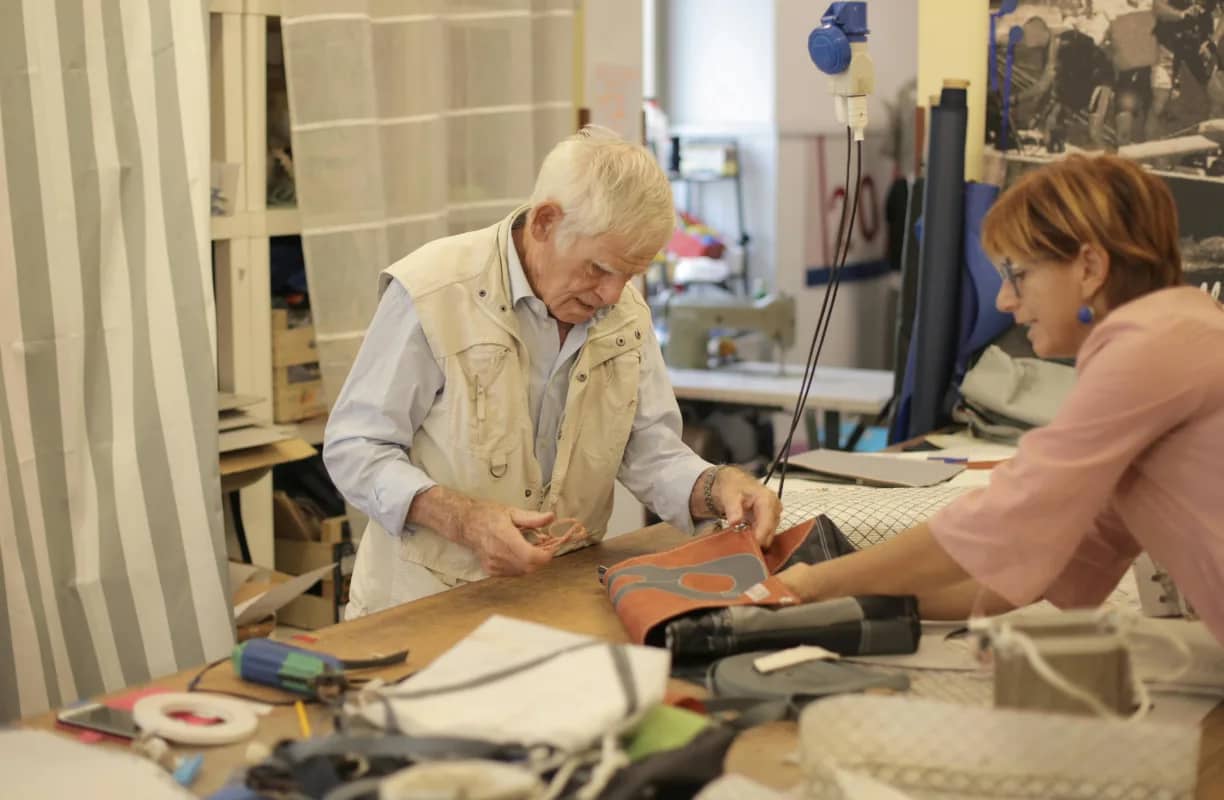The ultimate goal of product development is to create a product that stands out and truly resonates with your target audience. Whether you’re an established company or a budding entrepreneur, understanding and implementing effective product development strategies is the cornerstone of creating something people will want to buy.
But how do you ensure that your product doesn’t just add to the noise but fulfills a need and captures the imagination of your potential customers?
Understanding Market Needs
Before diving headfirst into the product design and development process, it’s critical to lay the groundwork by understanding the market you’re entering. This initial stage is not just about having a great idea; it’s about ensuring that your idea aligns with people’s needs and wants. Let’s break down how to get to the heart of your market’s needs.
Identifying Your Target Audience
Every successful product development journey begins with a clear picture of the intended user. Who are they? What challenges do they face? What are their desires? Developing detailed buyer personas is more than a preliminary step; it’s a cornerstone of effective product development strategies. These personas should go beyond basic demographics and discover your potential customers’ behavioral patterns and motivations. By understanding the people you’re designing for, you can ensure your product development efforts are always user-centric.
Conducting Market Research
With your target audience in focus, it’s time to conduct market research. This can take many forms, from online surveys and social media polls to in-depth interviews and focus groups. The goal is to gather actionable insights about your audience’s needs, preferences, and pain points.
But gathering data is just part of the equation. The magic happens when you analyze this information to uncover trends, gaps, and opportunities. This is where your product design process begins to take shape, informed by real-world insights. It’s about asking the right questions and being ready to listen. What do people wish they had? Where are current solutions falling short? The answers to these questions are goldmines for product development, offering clear direction for your ideas.
Ideation and Conceptualization
With a deep understanding of the market and your audience’s needs, the next phase in product development is where creativity and strategy converge: ideation and conceptualization. This stage is about generating innovative ideas that can solve real problems. Let’s explore how to make the most of this creative phase.

Brainstorming Product Ideas
Brainstorming is the fuel that powers the engine of product design and development. It’s a time to push boundaries, think outside the box, and generate diverse ideas. However, effective brainstorming thrives on structure. Start by setting clear objectives and constraints to focus your team’s creativity. Encourage every team member to contribute, ensuring a variety of perspectives and fostering an environment where no idea is too “out there.” Remember, some of the best solutions come from the most unexpected suggestions.
Techniques like mind mapping or SCAMPER (Substitute, Combine, Adapt, Modify, Put to another use, Eliminate, Reverse) can help guide your brainstorming sessions, making them more productive and innovative. The goal is to emerge with a broad spectrum of ideas that could translate into viable product concepts.
Validating Your Ideas
Once you’ve gathered a collection of potential ideas, the next step in your product development strategy is validation. This is a critical juncture where you begin to sift through your ideas to identify those with real potential. Validation can take many forms, from initial feedback loops with your target audience to more structured concept testing.
Developing a minimum viable product (MVP) is a powerful approach to idea validation. An MVP allows you to bring the essence of your idea to life, providing a tangible product for early adopters to interact with. This interaction is invaluable, offering direct insights into the product’s viability, areas for improvement, and the potential need for pivoting.
The product design process at this stage is iterative and responsive. It’s about listening, learning, and refining your ideas based on real-world feedback. This approach not only enhances your product’s chances of success but also aligns closely with lean product development strategies, minimizing waste and focusing resources on what truly matters.
Design and Development
After laying the foundation with a thorough understanding of market needs and a clear direction from the ideation phase, we move into the core of product development: the design and development stage. This is where your product takes shape, evolving from concept to reality.
Designing the Product
Design is more than just aesthetics; it’s about creating an intuitive, functional product that meets the user’s needs. Product design is a meticulous journey involving sketching, prototyping, and user testing. Start by translating your validated ideas into detailed designs, considering every aspect of the user experience.
Usability should be at the forefront of your product design. It’s crucial to iterate on your designs based on user feedback, ensuring that the product is visually appealing but also easy and delightful to use. This stage often involves collaboration between designers, engineers, and product managers to balance aesthetics, functionality, and feasibility.
Incorporating feedback from potential users at this stage is invaluable. It allows you to refine your product design before moving into full-scale development, saving time and resources in the long run. Remember, the product design process aims to create a solution that looks good and solves a real problem in a user-friendly manner.
Developing the Product
With a solid design, the next step is to bring your product to life. This phase involves choosing the right technologies, materials, and manufacturing methods to turn your designs into a tangible product. It’s a complex process that requires careful planning, coordination, and execution.
One key decision in product development is selecting the right development methodology. Agile methodologies, with their iterative approach and emphasis on flexibility and customer feedback, can be particularly effective in this area. They allow you to adapt to changes and refine your product based on ongoing user feedback.
Quality assurance is another critical aspect of this phase. Rigorous testing ensures that your product works as intended and meets all safety and regulatory standards. This is where your product design and development efforts are truly put to the test to deliver a product that’s ready for the market.

Testing and Iteration
After the intensive design and development phase, you’re not quite at the finish line yet. Before your product can grace the market, it undergoes a crucial phase that could make or break its success: testing and iteration. This stage is about refinement, ensuring your product meets and exceeds user expectations.
Prototype Testing
Prototype testing is the first real-world trial of your product. It’s an exciting stage in product development where you see how potential users interact with your creation. This process involves creating a functional version of your product, albeit not the final version, to test its usability, features, and overall appeal.
The feedback gathered during prototype testing is invaluable. It provides direct insights into what users like and don’t and, most importantly, how the product can be improved. This phase is iterative; based on the feedback, you might go back to the drawing board to tweak, adjust, or even overhaul aspects of your product. The goal is to refine your product to the point where it functions as intended and delights your users.
Iterative Development
Iterative development acknowledges that the first version of a product could be better and that continuous improvement is vital. This approach allows for flexibility in the product design and development process, allowing it to incorporate user feedback and quickly adapt to new findings.
Specific product features can be added, removed, or modified during this phase. This is normal and part of the iterative process that enhances the product’s market fit and user satisfaction. The aim is to create a loop of feedback and refinement, ensuring that each iteration brings the product closer to its ideal state.
Launching Your Product
Reaching the launch phase is a significant milestone in the product development journey. However, a successful launch requires careful planning and execution. Here’s how to ensure your product makes a splash in the market.
Preparing for Launch
Preparing for your product launch should begin well before the launch date. This includes finalizing the product design and development, passing all quality checks, and keeping your logistics and supply chain in order. But it’s not just about the product; it’s also about building anticipation and buzz.
Develop a comprehensive marketing plan that targets your key audiences and leverages various channels, from social media to email marketing and PR. Building a community around your product or offering early access to a select group can create advocates to help spread the word. This pre-launch phase is crucial for drumming up interest and ensuring a successful launch.
The Launch
The day has arrived: it’s time to launch your product. But launching isn’t just about making your product available; it’s about creating an event that people will remember. Make it memorable and engaging, whether it’s an online event, a live stream, or an in-person launch.
Post-launch, focus on gathering feedback and monitoring the product’s performance closely. This is a critical time to be responsive to customer inquiries and feedback. The launch is just the beginning; the real work continues as you iterate on your product based on real-world usage and feedback.
A successful launch can significantly impact your product’s long-term success. By thoroughly preparing and creating a launch event that resonates with your audience, you set the stage for your product to thrive in the competitive market.

Mastering Product Development for Market Success
Embarking on the product development journey is both an art and a science. It requires a delicate balance of creativity, strategic planning, and an unwavering focus on the end-user’s needs and desires. From understanding market needs to design and development, followed by rigorous testing and iteration, each stage of the product development process is crucial in its own right. These stages collectively ensure the final product is a solution that genuinely resonates with your audience.
While the journey from concept to launch is fraught with challenges, the rewards of seeing your product succeed in the market are immeasurable. For those ready to take their product development to the next level but still need to figure out where to start or for seasoned professionals looking to refine their strategies, 4 Leaf Performance is here to guide you. Our small business coaching services are designed to empower you with the insights, tools, and support needed to navigate the complexities of product design and development.
Take the first step towards transforming your product development journey. Contact 4 Leaf Performance today, and let’s turn your innovative ideas into successful products that captivate and inspire.



